Identifying your target market is a critical step for any business aiming to maximize its marketing efficiency and increase sales.
By understanding who your ideal customers are, you can tailor your marketing strategies to engage them directly, ensuring that your advertisements and products reach the audience most likely to respond positively.
From startups to established enterprises, the ability to pinpoint your target market is not just beneficial—it's essential for staying competitive in today’s fast-paced market environment.
In this article, we'll explore why knowing your target market is crucial and provide a detailed guide on how to identify yours through three practical steps.
The 3 Steps to Nailing Target Market Demographics
Demographics are simply the statistical characteristics of a sample set of people. If you're able to identify:
- where your ideal customers hang out online
- what they read
- how they compare products, and
- where they buy from
you have an unfair advantage compared to your competitors.
I'll cover the process of finding the ideal target market demographic for your ecommerce store in 3 steps:
1. Start with the keywords
Okay, I might be a biased here, but think about it:
All search activity starts with a keyword.
So when you're trying to identify the target market demographic that'll result in sales for your keyword, it's only sensible that you start your research with keywords.
Let's consider the bitcoin and cryptocurrency niche for example.
First, you need to so some KW research:
Let's use the free Google Keyword Planner:
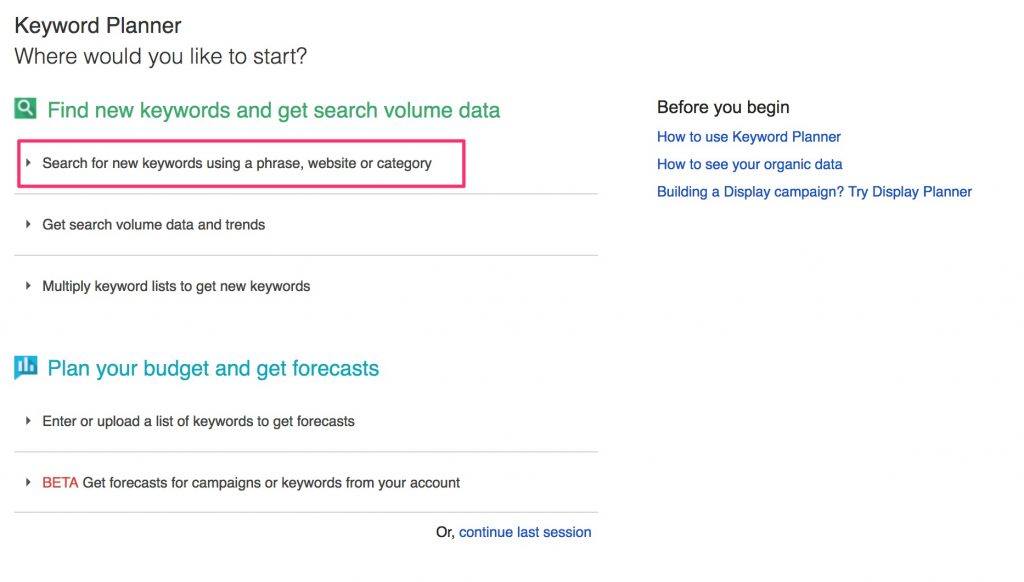
Let's just search for keyword ideas related to ‘bitcoin price' for now:
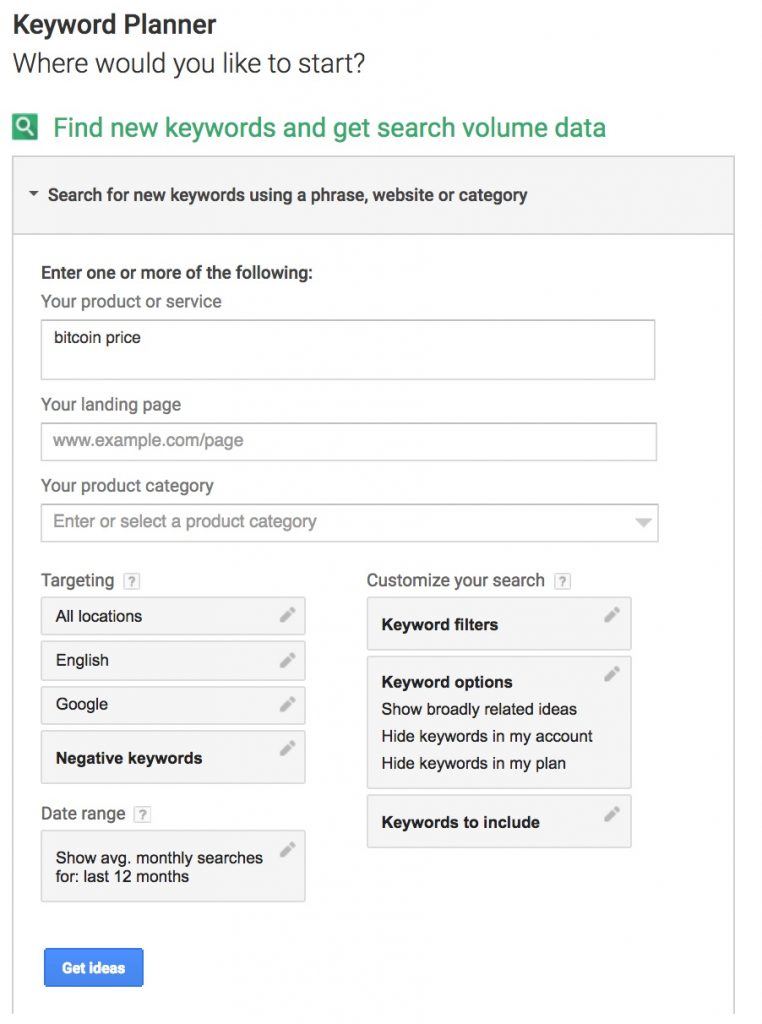
This should pull some solid keyword ideas around the base keyword, that we can use for further research. And since we're trying to uncover communities where our target customers hang out, let's look for keywords that people might discuss in such communities:
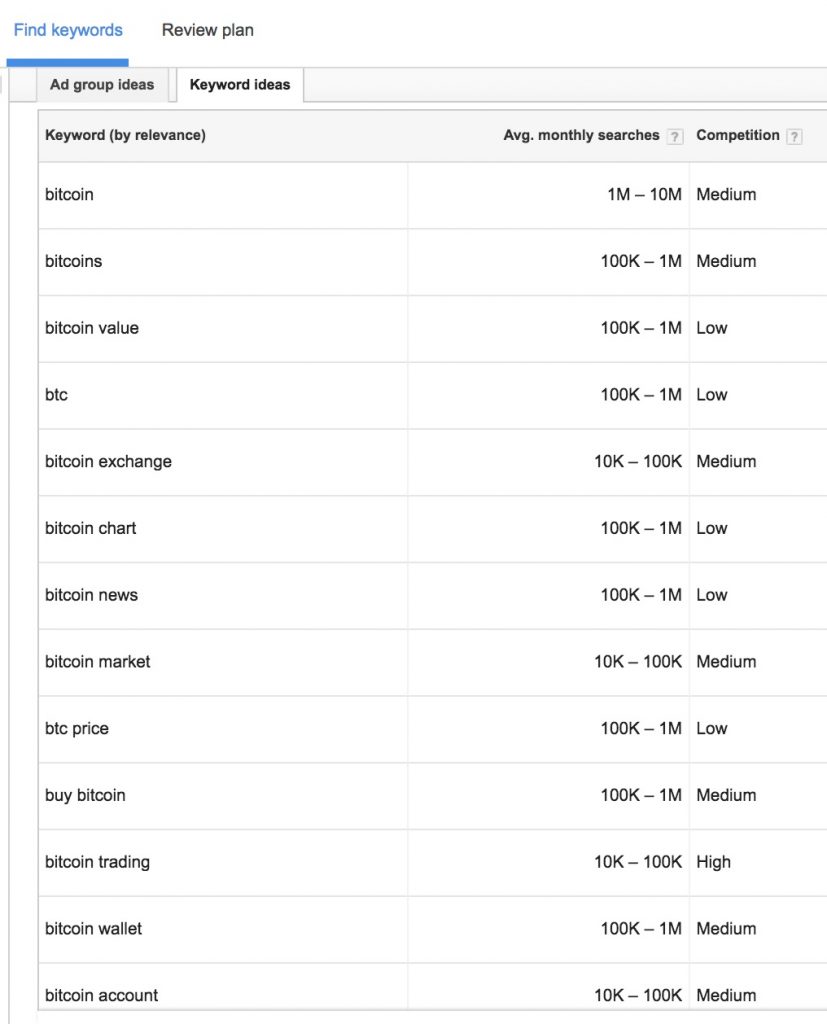
Now, it's time to find out where your target customers hang out, which is Step 2.
2. Forums
First, let's do a google search for online communities around cat socks.
Simply run a google search with any of the following Google search operators:
keyword “forum”
keyword “powered by Fireboard”
keyword “powered by ip.board”
keyword “powered by phpbb”
keyword “powered by phpbb3”
keyword “powered by SMF”
keyword “powered by vbulletin”
keyword forum
keyword intitle:forum
keyword inurl:forum
When I do a search for bitcoin price “forum”, it pulls up a number of forums with raging discussions on bitcoin price fluctuations.
Before we proceed, make sure you install the SEO quake chrome extension, which has a great SERP overlay feature that shows you how much Semrush traffic each forum gets directly from the SERPs:

I prefer to choose forums that get at least 50K searches for competitive niches like bitcoin, and at least 20k for moderate yet awesome niches like cat socks 🙂
Now, go ahead and signup to 4 of the best forums you can find from the SERPs.
Bonus Tip: Since I like to do this once in a while to identify new interests and market demographics, I create a separate Google chrome user and signup to forums in that niche using that user account. This way, I just have to open that chrome user window anytime I want to do research.
After you've created accounts on 4 of the best forums you can find this way, login to them one by one and spend some time on each of them.
And these are our goals:
- look for relevant threads and find the pain points for people in the niche that we can try to solve
- find the characteristics of people sharing their problems in the forums
- note anything else that can help us
For example, I just logged into Bitcointalk.org, one of the prominent forums in the bitcoin niche, and found this relevant thread:
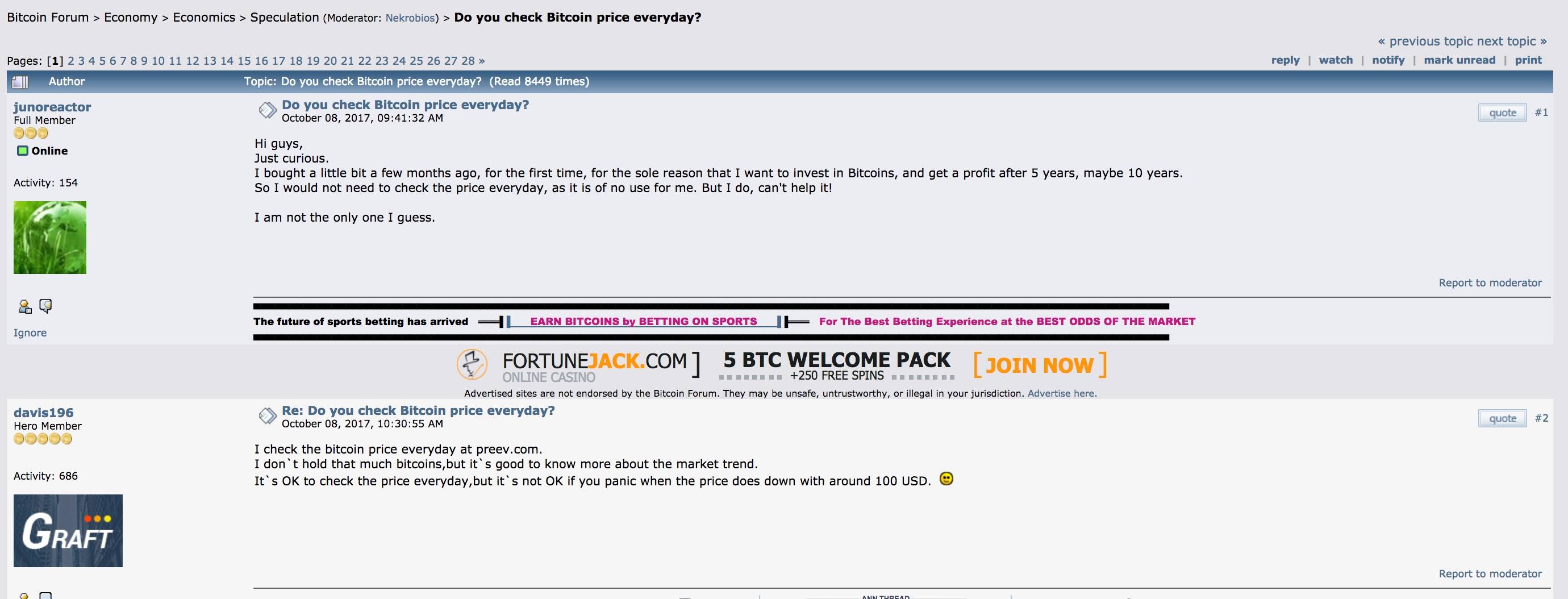
There are several insights in the first page alone (there are 28 pages full of comments):
- Users frequent preev.com and epsilon.one to check prices.
- Some users use alert services to keep track of prices
- Some users hold multiple cryptocurrencies and check the prices of those too.
- The users who check for bitcoin prices the most are traders who do short-term or scalp trading.
- Some users are crazy about checking BTC prices all the time
Whoa! Those were new insights even for me. To be frank, I check BTC prices daily too, and I've never even heard of preev.com and epsilon.one.
Although we can take a look at the forum profiles of the members who posted these comments, I generally don't trust forum profile data. For uncovering demographic and user data, let's take a look at relevant Facebook groups.
3. Facebook Groups
Login to Facebook, and search for Bitcoin price forums.

Join the top 3 and look around just like you did on forums.
Now, onto the final step:
The grunt work begins:
The goal of this step is not to identify topics or pain points of BTC enthusiasts. It's to identify the characteristics of users who are interested in constant price checking.
First, start looking at posts from at least a month back in these groups and list down (or open in new tabs) profiles of actual users who talk about bitcoin prices. Don't check profiles of the folks sharing price update links (these are marketers like you and me :))
Next, there are two plays you can use:
Open each profile and look for commonalities in characteristics:
- Is he/she a millennial?
- Are they working?
- What profile/field do they work in?
- Are they active on Facebook (check their timelines)?
- Have they listed any other websites/social profiles in their about section?
- Any websites/blogs they share regularly (this one is gold)
I typically just create a Google sheet and list the profile links of at least 50 users who look like my target customer/user.
I then create columns for each of the above data points and fill them one by one.
Well, actually – I just list the profile links and get my VA to fill them out 🙂
And to be brutally frank, I just scrape the user list from groups and copy/paste them into a Google sheet, but that strategy is for another day 🙂
When you're done, you should have a hardcore DB of target users and some solid data on them.
These are the data points that I pay most attention to for ecommerce stores:
- Job profiles (are they working and where?)
- Age ranges
- Facebook activity
- Blogs/websites they share regularly
50 is just a target for you to get started. There is nothing wrong with having a considerably larger list.
The more data we have, the more accurate the commonalities we find will be.
Just take a look at the data you've collected from user profiles.
Here's the data I found:
- Most users are from the US and Russia.
- Most are millennials and in the age range of 25-36
- Most of them are not active on Facebook (duh)
- They share price update posts about sudden crypto price spikes
Do you get where we're getting to? All the above points are demographics 😀
You can target users on almost any paid platform using all this data, and we now also know the interests of people interested in the ‘bitcoin price' niche.
Wondering how all that insight will help us craft a content strategy for our store (or blog in this example)?
Here's how:
- they like to read price updates multiple times a day- which means you should try to push out atleast 2 posts on price updates every day
- Our target market demographic includes millennials, so use millenial-targeted copy for your ads and CTAs.
- Publish guest posts on websites frequented by target audience
Want to take it a step further?
What if I told you that you can outreach to your target users and invite them to surveys so that you can gather data at scale?
And this is how you can do it:
After you create a list (or scrape) of users fitting your ideal customer/user persona, send them a message on Facebook Messenger.
Do not invite them to an interview or survey straight away.
Start with a personalized question like this:
Hey {{Name}},
Noticed that you're active in the group. Thought I'd reach out and connect.
What websites do you use to keep track of the price?
If they reply, respond with this message:
Thanks a ton {{Name}}!
I'm actually thinking about starting a BTC blog- I spend most of my time reading about it anyway.
However, I've no idea about what our community may be looking for online, so I put together a short 2-minute questionnaire to find out.
Do you mind spending 2 minutes to fill it out: Questionnaire link.
If you're too busy, I understand 🙂
Thanks again,
{{Your name}}
Wondering how to set up the questionnaire? You should be easily able to set one up for free using TypeForm.
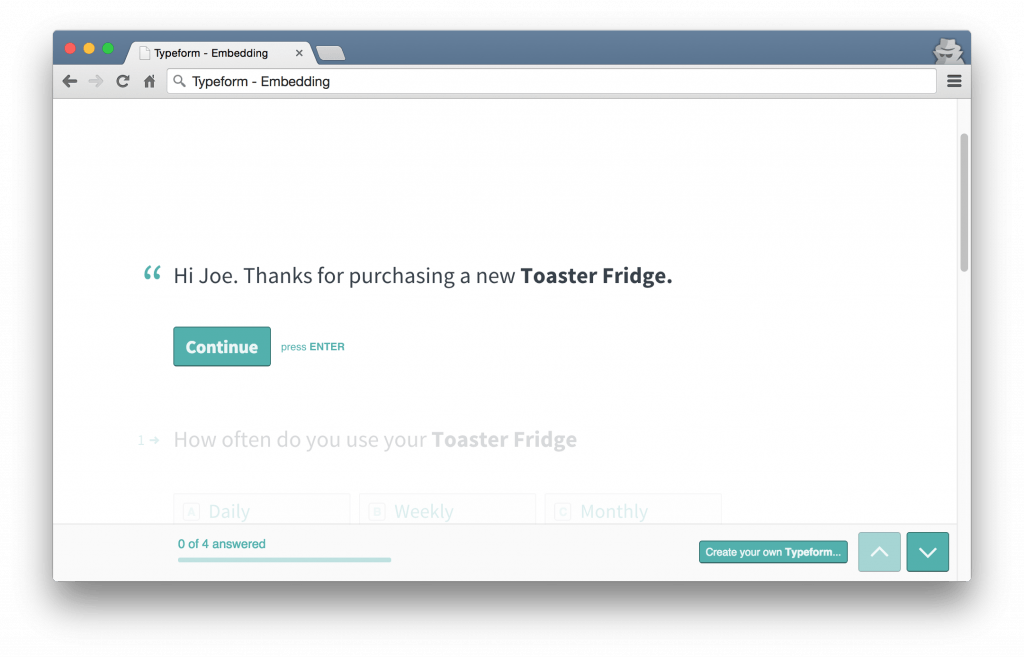
And I'm lazier than you, so I also set up a Zapier integration so that every single time someone fills out and submits a questionnaire, it gets added to a Google sheet as a new row.
Nifty, huh?
Going all in- In-Depth Customer Research
Warning: this strategy may not be well suited for well-known niches.
But for cases where target users may not be very active online, or where you need more granular and in-depth demographic data, it's actually a good idea to physically interact with actual customers!
The folks over at Food On the Table (now Genius Kitchen) created the first version of their website after they followed an actaul mom around for three staggering weeks to understand her shopping and buying habits.
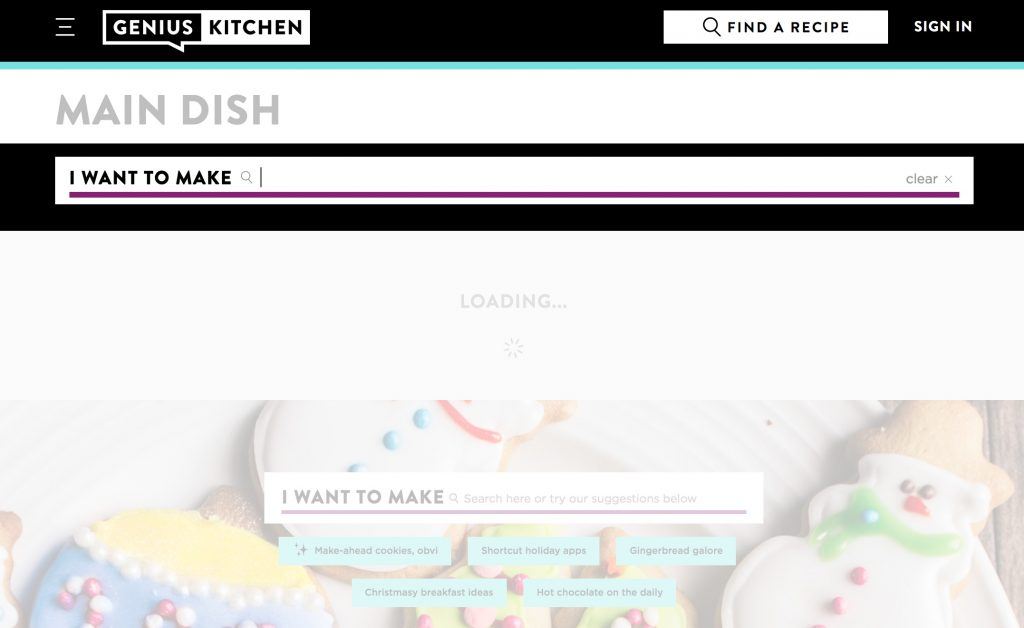
Food on the Table now has over a million users. That's the grunt work paying off.
Before I sign off, there are 3 key points to remember:
- this is the step in researching and finding your target market. Set aside some time for it.
- forums are a goldmine (or bitcoin mine lol) of data about your target market demographic andaudience. Don't avoid them because you hate creating accounts
- grunt work really pays off




Thanks Adi these tips are great. I do tend to use my perspectives a lot without full consideration of further research into my demographics. I can see why relevant forums are a gold mind, I will begin practicing that strategy.
Kind regards,
Merv
Thanks Adi these tips are great. I do tend to use my perspectives a lot without full consideration of further research into my demographics. I can see why relevant forums are a gold mind, I will begin practicing that strategy.
Kind regards,
Merv